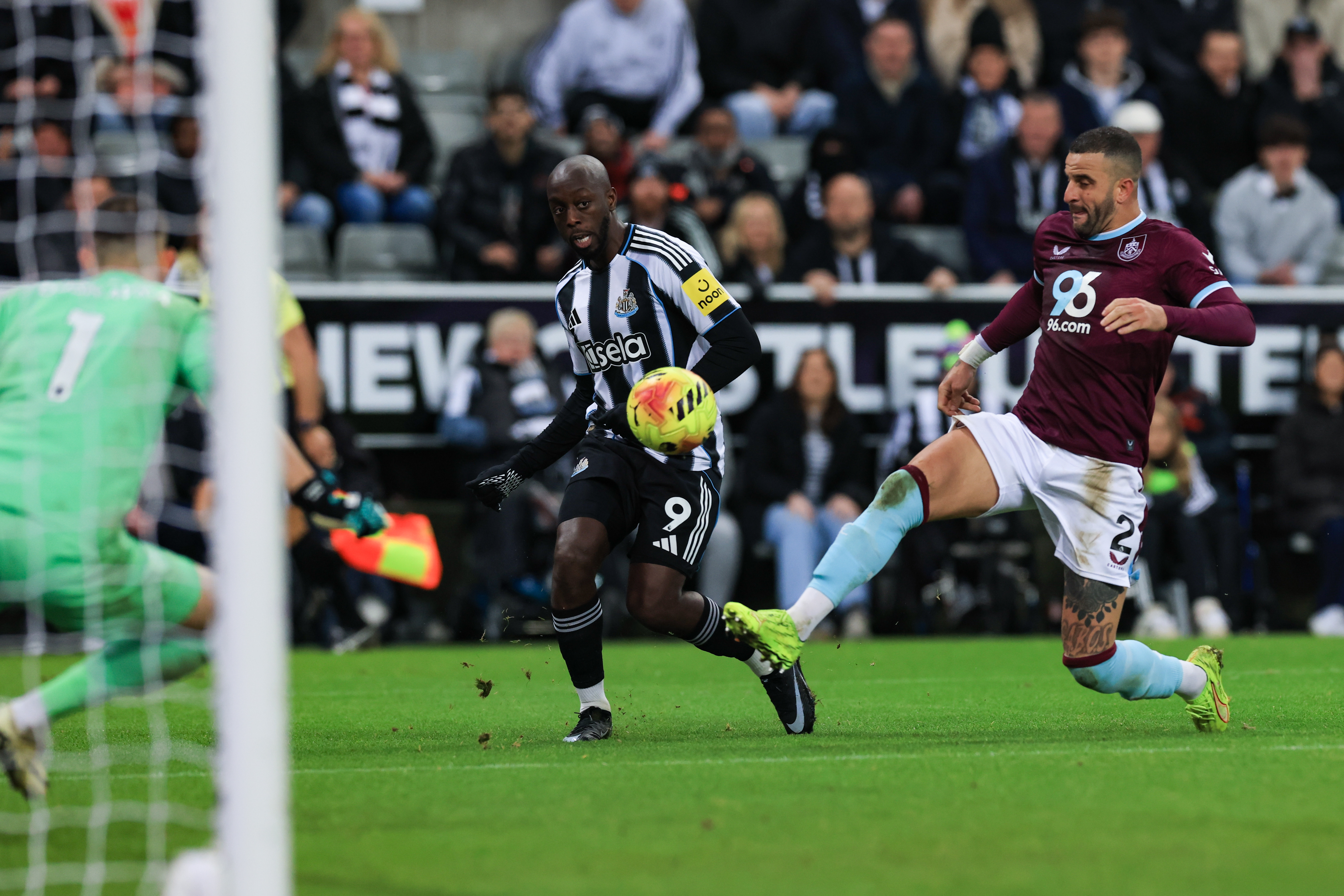UEFA Nations League: What is it and how will it work?
The Nations League is UEFA's bold new competition to decrease the amount of meaningless friendlies. This is how it will work.

The draw for the inaugural 2018-19 UEFA Nations League takes place in Lausanne on Wednesday.
UEFA's bold new competition aims to replace a large portion of friendlies with more competitive fixtures against similarly ranked teams.
The system will also offer an alternative route into the European Championship, beginning with Euro 2020.
Ahead of the draw, we have detailed how it will be formatted, who can face who and when the matches will take place
UEFA national team competitions2018-20European QualifiersJanuary 18, 2018
WHAT IS THE NATIONS LEAGUE?
Countries will be split into groups across four leagues. The four winners of the top-ranked League A will qualify for the Nations League Finals in June 2019. Those who do not make it will face promotion and relegation, while a potential route into Euro 2020 will also be up for grabs.
HOW WILL IT BE FORMED?
The best features, fun and footballing quizzes, straight to your inbox every week.
The 55 member associations have been split into four Leagues according to their respective coefficients, with those rankings again used to subdivide them into pots. Here's the make-up:
League A
Pot 1: Germany, Portugal, Belgium, Spain.
Pot 2: France, England, Switzerland, Italy.
Pot 3: Poland, Iceland, Croatia, Netherlands.
League B
Pot 1: Austria, Wales, Russia, Slovakia.
Pot 2: Sweden, Ukraine, Republic of Ireland, Bosnia-Herzegovina.
Pot 3: Northern Ireland, Denmark, Czech Republic, Turkey.
League C
Pot 1: Hungary, Romania, Scotland, Slovenia.
Pot 2: Greece, Serbia, Albania, Norway.
Pot 3: Montenegro, Israel, Bulgaria, Finland.
Pot 4: Cyprus, Estonia, Lithuania.
League D
Pot 1: Azerbaijan, Macedonia, Belarus, Georgia.
Pot 2: Armenia, Latvia, Faroe Islands, Luxembourg.
Pot 3: Kazakhstan, Moldova, Liechtenstein, Malta.
Pot 4: Andorra, Kosovo, San Marino, Gibraltar.
ARE THERE ANY RESTRICTIONS?
Yes. Ukraine and Russia will be kept apart in League B. In League C, no group will be allowed to contain more than two of Norway, Finland, Estonia and Lithuania due to "winter venue restrictions". Due to "excessive travel restrictions", any League D group can only contain a maximum of one of these pairs: Andorra and Kazakhstan, Faroe Islands and Kazakhstan, Gibraltar and Kazakhstan, Gibraltar and Azerbaijan. Furthermore, Armenia and Azerbaijan will be kept apart in the bottom division.
HOW WILL IT WORK?
While group winners of League A will compete in the Nations League Finals – which will feature semi-finals, a third-place match and the final hosted by one of the sides involved – the victors in Leagues B, C and D gain promotion and the bottom sides from Leagues A, B and C will be relegated. The second season will take place in 2020-21.
HOW CAN YOU QUALIFY FOR EURO 2020?
The qualifiers will remain largely the same but, rather than best third-placed teams advancing to the play-offs, that stage will be contested by the 16 Nations League group winners. If any of them have already qualified for Euro 2020, their place will be taken by the next best-ranked team. The countries will be divided into their four leagues, each of which will include two single-legged semi-finals and a one-off final.
WHEN DOES IT START?
While official fixtures and kick-off times will not be clarified until after the draw, the schedule is as follows:
Matchday 1: 6–8 September 2018
Matchday 2: 9–11 September 2018
Matchday 3: 11–13 October 2018
Matchday 4: 14–16 October 2018
Matchday 5: 15–17 November 2018
Matchday 6: 18–20 November 2018
Finals draw: December 2018
Finals: 5–9 June 2019
Euro 2020 play-off draw: 22 November 2019
Euro 2020 play-offs: 26–31 March 2020
UEFA drawWeds 24 Jan12.00 CETLausanne January 18, 2018
